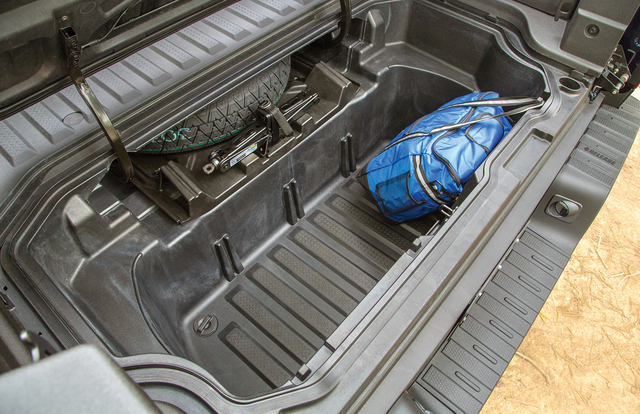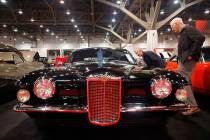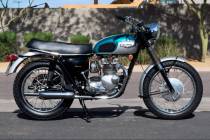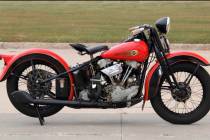Second-generation Honda Ridgeline all about comfort, conveniences
Choosing a pickup truck isn’t always about the superlatives: the biggest, the most powerful, the most hauling capacity. Sometimes you don’t need all that. Or any of that.
Meet the second-generation Honda Ridgeline that’s all about a comfortable environment, clever convenience touches and a rock-solid reputation, which are traits that are no less important. Perhaps even more important to the vast majority of truck owners out there.
The previous one-cab-fits-all Ridgeline became the very definition of an urban pickup. It wasn’t necessarily a muscular match for other compact or full-size trucks on the market and it didn’t try to be. Instead, the Ridgeline was more like a sport utility vehicle — it shared a basic platform with the Pilot, after all — only with an open box instead of an enclosed cargo area.
For the second-generation model, Honda has added refinement, people-pleasing features and a stouter powertrain. The pickup also gains about 3 inches between the front and rear wheels, and close to an inch in width.
The 2017 Alabama-built Ridgeline’s new sheetmetal is much more conventional-looking and aerodynamic than before. The stylish grille is trimmed in chrome, while the composite cargo bed’s walls are no longer tapered, which should make for easier access from the sides.
The bed itself has some ingenious features that are in keeping with the Ridgeline’s multipurpose character. It’s now nearly 4 inches longer and 5.5 inches wider so you can load 4-by-8 sheets of building materials between the wheel wells (unlike the previous Ridgeline, the load floor is now completely flat). And because of the way it’s constructed, there’s no need to add a bed liner.
The Ridgeline’s maximum payload capacity is essentially unchanged at 1,584 pounds, while 5,000 pounds is the max towing capacity.
A lockable storage area beneath the box’s floor contains the spare tire, provides added space for stowing bulky valuables such as tools and groceries, and can also function as an ice chest. It’s accessible by swinging open the standard “Dual Action” tailgate from the right-hand side, or by lowering it in the traditional manner.
But wait, there’s more. You can outfit your Ridgeline with an available Truck Bed Audio System with six weatherproof transducers built into the bed walls. They act like speakers by transmitting audio vibrations from inside the cab.
The five-passenger Ridgeline gets a fold-up-style rear seat cushion that’s similar to those installed in the Honda Fit small car and HR-V compact wagon. This allows you to load everything from potted plants to giant-screen TVs and bicycles.
The rest of the clean-sheet-design cabin is, in typical Honda fashion, as straightforward as they come, although the steering wheel has plenty of switches to master.
Also straightforward is the Ridgeline’s thoroughly updated 3.5-liter V-6 engine. It’s now rated at 280 horsepower and 262 pound-feet of torque, up 30 horses and 15 pound-feet from the previous 3.5. Completing the drivetrain is a six-speed automatic transmission that replaces the five-speed.
Despite the power bulge, the new Ridgeline’s fuel economy improves to 18 miles per gallon in the city and 25 on the highway, from 15/21. Better numbers (19/26) can be had by ordering the front-wheel-drive Ridgeline. Yes, a front-wheel-drive truck. Previous Ridgelines were all-wheel-drive, only.
That base RT is priced at $30,400, including destination charges (add $1,800 for all-wheel-drive). It comes with the usual comfort gear plus push-button-start, multiview rearview camera and a 200-watt sound system. The remaining six trims offer a wealth of extras, maxing out with the RTL-E and Black Edition models. Along with numerous crash-avoiding active safety features, these two models are topped with tri-zone climate control, power moonroof, power sliding rear window, 540-watt seven-speaker audio system, leather-covered interior and voice-activated navigation that works through an eight-inch touchscreen.
When applied to motor vehicles, the Ridgeline’s comparison to a Swiss Army Knife might seem a bit tired and overused. In this instance, however, it really does apply, given the pickup’s content variety and on- and off-road ability.
























